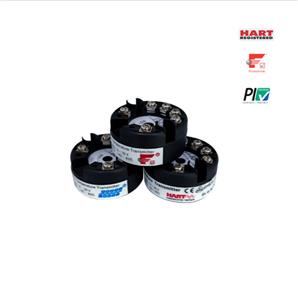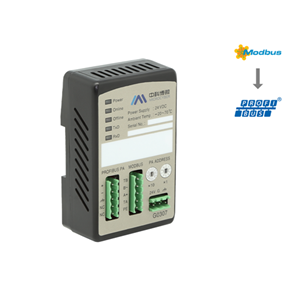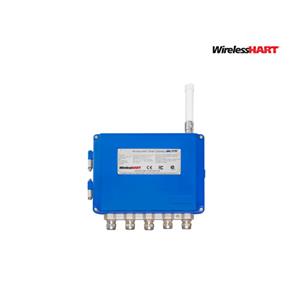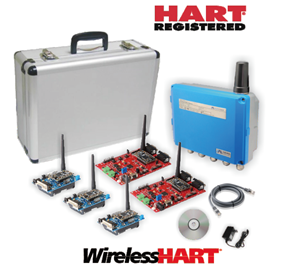Understanding Differential Pressure
Using two pressure measurement values and a little math, differential pressure can calculate level, flow, interface, and even density. Process engineers know and trust differential pressure because it’s a tried and true method for controlling industrial processes. Its versatility and variety of outputs only make it that much more valuable across industries.
This paper will focus solely on how differential pressure is used to calculate a liquid level measurement in pressurized tanks. Advantages, limitations, and common industrial applications for differential pressure will be discussed.
How differential pressure works
The traditional differential pressure measurement consists of a dual sided diaphragm that senses pressure from the bottom of the vessel on one side and from the top of the vessel on the other.These opposing pressure measurements push on opposite sides of the dual sided diaphragm, and the resultant measurement is the pressure difference between the two or differential pressure.Traditional differential pressure covers a wide application spectrum with the ability to detect differential pressures of only a few millibars.
Both arrangements are measuring pressure. The pressure measurement at the bottom of the tank or vessel is measuring the overall pressure created by the fluid and the vapor space above it, while the pressure measurement at the top is only accounting for that head or static pressure. This arrangement allows the static pressure to be“removed”from the overall measurement, leaving the pressure generated by the fluid and allowing us to infer level.
Common applications for differential pressure
Differential pressure is used to measure level of liquids and liquefied gases in pressurized tanks. Pressurized tanks are used for a number of reasons like providing a constant output, eliminating foam, providing a barrier for caustic materials, and liquefying gas for easier storage. In all of these scenarios, a differential pressure transmitter is only going to measure the difference between the static pressure and the overall pressure. It takes a little math to calculate the product level.
The standard hydrostatic pressure formula consists of three variables: pressure, density, and height. The sensor measures pressure, density is input as a constant by the customer, and the height is the product level. For this formula to work, density is key and must remain fairly constant. With a known density and pressure value, the pressure sensor’s electronics can accurately and reliably calculate liquid level from the differential pressure.




